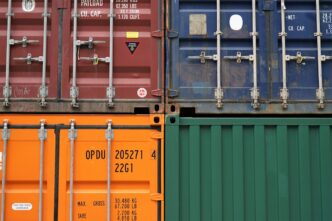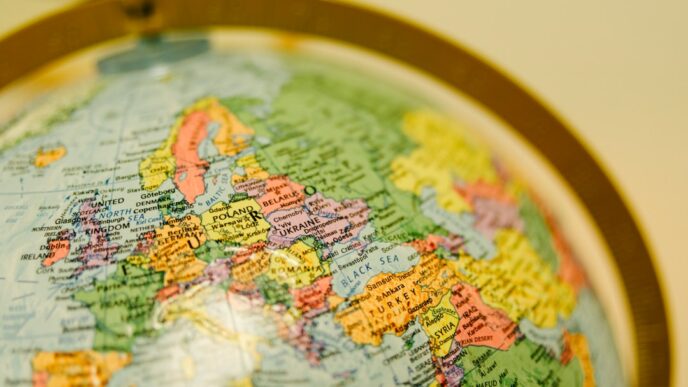In light of recent global disruptions, many nations are reevaluating their trade strategies, focusing on the robustness of their supply chains. The pandemic exposed vulnerabilities in existing systems, leading to delays and shortages that reverberated through economies. Countries are now seizing the opportunity to create more resilient frameworks, tailoring their trade routes to mitigate future shocks.
Take the case of Vietnam, which has emerged as a pivotal player in the manufacturing sector. As companies sought alternatives to China during the pandemic, Vietnam’s government strategically positioned the country to attract foreign direct investment (FDI). The Ministry of Industry and Trade reported a staggering 10% increase in FDI in 2021, a clear indicator of its growing appeal as a manufacturing hub. By streamlining regulations and enhancing infrastructure, Vietnam is not merely a beneficiary but a proactive architect of its economic future.
However, this pivot isn’t as simple as it seems. The focus on resilience often leads to redundancy, which can inflate costs. For example, companies like Samsung have begun diversifying their production across multiple countries, from India to Indonesia, to hedge against geopolitical risks. While this strategy enhances stability, it also raises concerns about the long-term sustainability of manufacturing costs. The delicate balance between efficiency and resilience is now at the forefront of corporate strategy discussions.
Moreover, countries are beginning to prioritize local sourcing to lessen dependence on international suppliers. The European Union’s Green Deal, aimed at making Europe the first climate-neutral continent, emphasizes local production, particularly in sectors such as agriculture and renewable energy. This shift could potentially reshape trade dynamics as countries adapt to more localized supply chains, thus impeding the flow of goods traditionally exchanged across borders.
In this environment, logistics companies are becoming key players in shaping trade routes. Organizations like Maersk are investing heavily in digital tools to enhance transparency and efficiency in shipping. The integration of technologies such as blockchain and IoT into their operations is helping streamline processes, ensuring that goods reach their destinations with minimal delays. This tech-driven approach not only boosts resilience but also aligns with the broader trend of sustainable logistics.
Yet, as nations and companies rush toward this new paradigm, the regulatory landscape is struggling to keep up. Policies that once encouraged globalization are now being scrutinized under the lens of economic security. Governments are increasingly wary of foreign investments in critical technologies, leading to a patchwork of regulations that can stifle innovation and create barriers to entry for new players.
The quest for resilience also raises ethical questions about labor practices. Countries that rely heavily on local production may inadvertently pressure industries to adopt lower labor standards to remain competitive. As seen in some sectors of the garment industry, where local sourcing has led to exploitation, this is a complex challenge that requires careful navigation.
In essence, the evolution of trade routes is not merely an economic shift but a comprehensive rethinking of how nations and businesses interact on the global stage. The emphasis on resilient supply chains is here to stay, reshaping not only logistics but the very fabric of international relations. The road ahead will be paved with challenges but also opportunities for those prepared to adapt and innovate.











